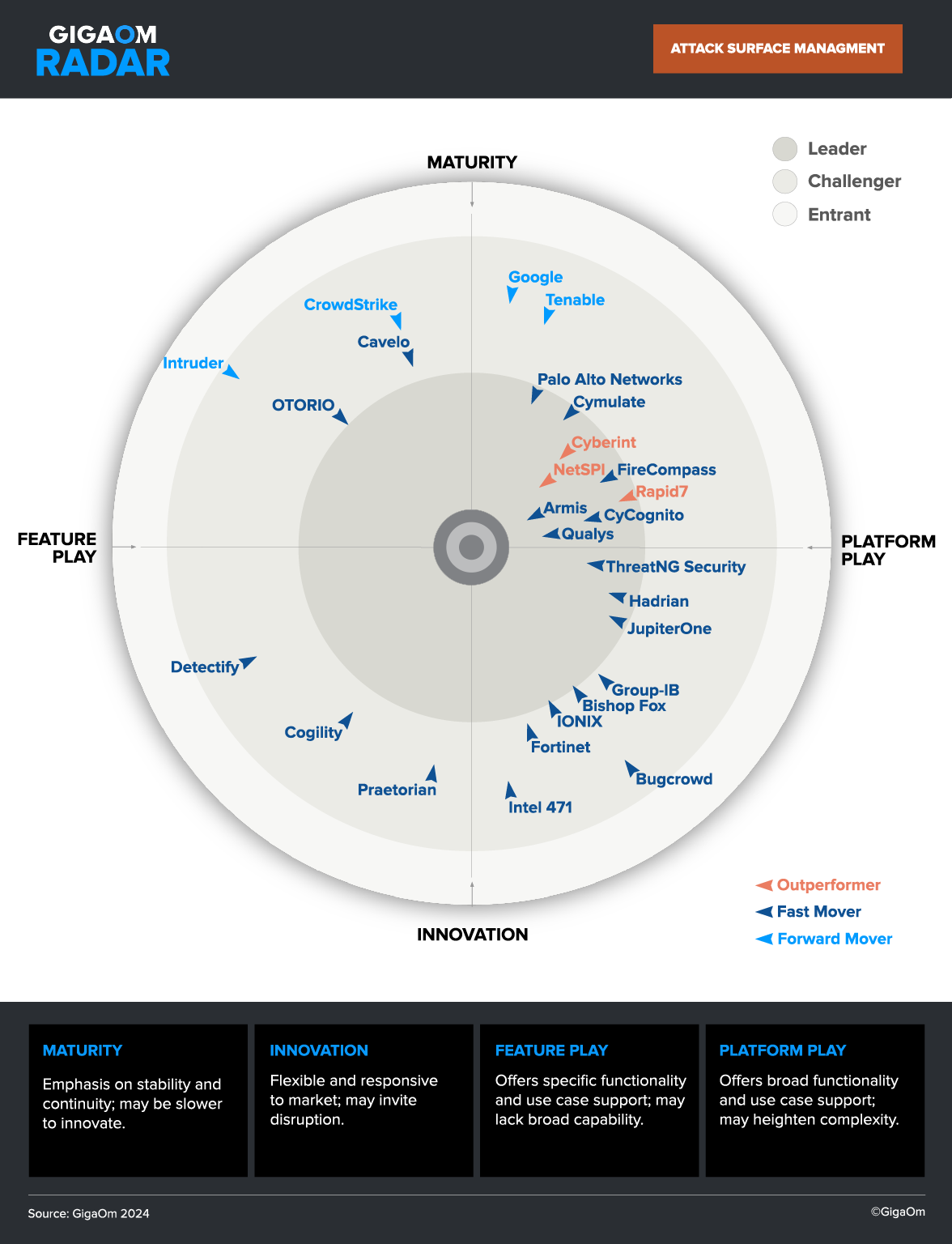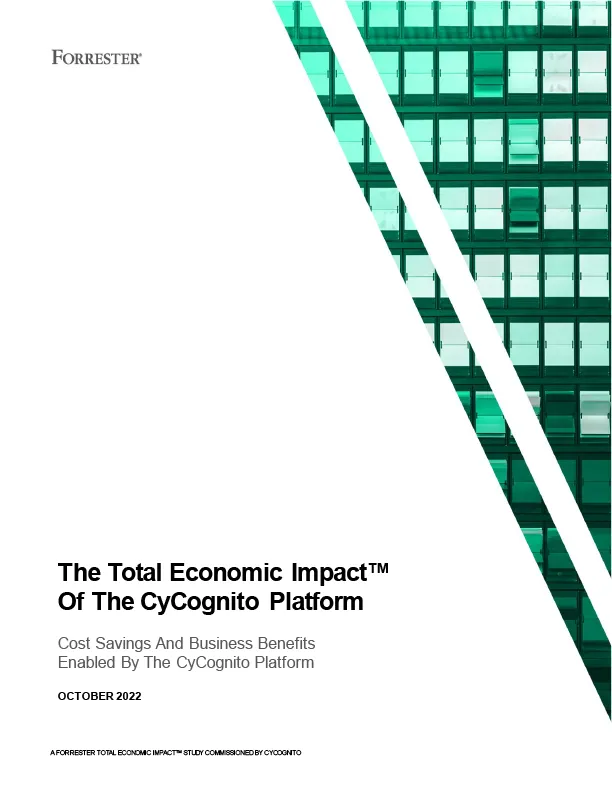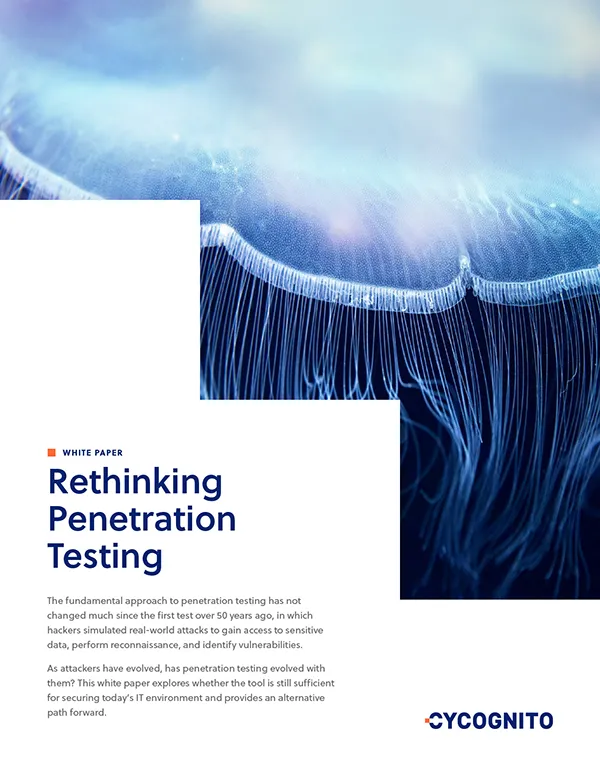What Is Penetration Testing?
Penetration testing, or ethical hacking, evaluates application security by trying to exploit vulnerabilities. It simulates attacks to identify weaknesses in systems, networks, or applications before real attackers find and exploit them. The primary goal is to identify exploitable vulnerabilities and recommend security measures to mitigate risks.
These tests provide insights into the security posture of an application, helping organizations strengthen their defenses against potential breaches. Penetration testing is a critical component of modern cybersecurity strategies, but can also represent a sizable expense.
We’ll cover factors affecting penetration testing costs, typical range of costs for different types of tests, and the advent of penetration as a testing (PTaaS) services which can dramatically drive down pentesting costs.
Factors Affecting Manual Penetration Testing Costs
There are several factors that contribute to the cost of pentesting, which organizations must consider when planning their security budgets.
1. Scope and Complexity of the Test
The scope and complexity of a penetration test are major cost drivers. Scope refers to the boundaries of what will be tested—whether it’s a single application, a subset of systems, or an entire network infrastructure. A narrow scope typically reduces the effort required, making the test less expensive. Broad scopes, such as testing a global organization’s interconnected systems, significantly increase the workload.
Complexity arises from factors such as the number of assets to be tested, their configurations, and the potential challenges involved in accessing them. For example, testing a simple static website is less complex than testing a hybrid cloud environment with numerous interdependent systems and interactive JavaScript elements.
Tests involving complex application logic, multiple APIs, or specialized technologies like IoT devices often require more expertise, time, and tools, which increases costs. The type of testing methodology—such as black-box (external view), white-box (full access), or gray-box (partial access)—also contributes to the level of complexity and the resulting cost.
2. Type of Penetration Test
The type of penetration test performed can significantly impact the overall cost. Common types include network penetration testing, web application testing, mobile application testing, physical security assessments, and social engineering tests. Each type varies in scope, methodologies, and resource requirements.
Network penetration tests typically focus on identifying vulnerabilities within internal or external networks, such as open ports, misconfigured firewalls, and unpatched systems. These tests can be relatively straightforward compared to others. Web application testing often requires a deeper dive into the application’s functionality, including analysis of business logic flaws, SQL injection, and cross-site scripting vulnerabilities.
Mobile application penetration testing adds complexity because it requires expertise in platform-specific vulnerabilities (e.g., Android vs. iOS), testing APIs, and analyzing mobile app behavior. Social engineering tests, such as phishing campaigns or physical security evaluations, introduce a human element and require specialized strategies to simulate real-world attacks.
3. Testing Tools
The choice of tools used in a penetration test plays an essential role in determining the cost. Many penetration testers rely on a mix of open-source and commercial tools. Open-source tools are freely available and widely used for tasks like network scanning, vulnerability identification, and exploitation. However, they require significant manual effort to configure and operate.
Commercial tools offer enhanced capabilities, such as automated vulnerability scanning, advanced reporting, and support for compliance standards. These tools come with licensing fees that are often passed on to the client. For larger or more complex environments, testers may also use specialized tools for cloud security assessments, database testing, or API analysis.
The use of premium tools ensures thorough testing and reliable results, but it adds to the overall cost of the service. Additionally, the skill level required to use these tools effectively can further influence pricing, as experienced testers are needed to interpret the results accurately.
4. Experience and Expertise of the Penetration Tester
The experience and expertise of the penetration tester are critical factors in determining the cost of a test. More experienced professionals are generally more adept at uncovering vulnerabilities, especially complex ones that automated tools might miss. They are also better equipped to simulate advanced attack scenarios.
Penetration testers with industry-recognized certifications, such as OSCP (Offensive Security Certified Professional), CEH (Certified Ethical Hacker), or CISSP (Certified Information Systems Security Professional), often command higher fees. These certifications demonstrate a high level of knowledge and practical expertise in security testing.
Additionally, testers who specialize in specific industries—such as finance, healthcare, or government—may charge more due to their familiarity with the unique compliance and security challenges of those sectors. Firms that employ teams of highly skilled testers may also charge a premium.
5. Compliance and Industry Requirements
Compliance with industry regulations often requires additional effort during a penetration test, driving up costs. Many organizations need to adhere to industry standards, such as PCI DSS for payment card data, HIPAA for healthcare information, or ISO 27001 for general information security management.
These frameworks often require tests to follow strict guidelines and include detailed documentation to meet audit requirements. For example, PCI DSS requires that penetration tests cover both internal and external systems, with focus areas such as network segmentation and data protection.
Meeting such requirements often involves more in-depth testing and detailed reporting, which increases the time and effort involved. Organizations in regulated industries, such as financial services or healthcare, may also require additional testing to ensure compliance with privacy laws like GDPR or CCPA. The need for compliance can also extend to selecting tools, methodologies, and reporting formats.
6. Remediation and Retesting Support
Many penetration testing engagements now include support for remediation and retesting as part of the overall service offering. This ensures that identified vulnerabilities are properly addressed and that the fixes are effective. However, this additional phase can add to the total cost.
Remediation support involves providing detailed guidance to help the organization address the issues identified during testing. This may include consultations, follow-up meetings, and advice on implementing patches or configuration changes. Retesting involves a second round of testing to confirm that identified vulnerabilities have been resolved without introducing new issues.
The cost of remediation and retesting varies depending on the complexity of the fixes and the number of vulnerabilities to be re-evaluated. While some organizations may opt to handle remediation in-house, having the penetration testing team validate the fixes can provide assurance that the systems are secure.
7. Vendor Reputation and Location
The reputation and location of the vendor performing the penetration test can significantly impact costs. Well-established vendors with a strong track record of delivering high-quality testing services often charge a premium. These vendors usually have teams of experienced professionals, advanced tools, and established methodologies.
The geographical location of the vendor also plays a role in determining cost. Vendors based in regions with high labor costs, such as North America or Western Europe, typically charge more than those operating in areas with lower costs of living. However, vendors with less experience or fewer resources may not deliver the same level of thoroughness or accuracy.
Related content: Read our guide to external attack surface management.
Average Penetration Testing Cost Ranges
The cost of penetration testing varies significantly based on the factors listed above. Below are approximate cost ranges for different types of penetration testing:
- Network penetration testing: Typically ranges from $5,000 to $25,000, depending on the complexity of the network, such as the number of IPs, architecture, and the depth of testing required.
- Web application penetration testing: Costs range approximately from $5,000 to $30,000 per application, influenced by the complexity of the application, the depth of testing required, and the number of endpoints assessed.
- Mobile application penetration testing: Typically ranges from $7,000 to $35,000 per application. The variation in cost depends on factors such as the complexity of the app, the number of platforms tested, and the depth of the testing conducted.
- Cloud service penetration testing: Costs typically range from $10,000 to $50,000, depending on the complexity of the cloud architecture, the number of services tested, and compliance requirements.
- API penetration testing: Costs range approximately from $5,000 to $25,000 per API, depending on the number and complexity of endpoints assessed, integration efforts, and compliance considerations.
These figures are general estimates; actual costs can vary based on project requirements, the testing provider's pricing model, and additional services such as remediation support or retesting.

Tips from the Expert
Rob Gurzeev
CEO and Co-Founder
Rob Gurzeev, CEO and Co-Founder of CyCognito, has led the development of offensive security solutions for both the private sector and intelligence agencies.
In my experience, here are tips that can help you better understand and manage penetration testing costs::
- Invest in scoping workshops: Ensure all stakeholders align on the test scope, objectives, and potential constraints before engaging with a vendor. This prevents scope creep, which can inflate costs unexpectedly.
- Segment testing schedules strategically: Spread penetration testing across the fiscal year by prioritizing critical systems or high-risk applications first. This phased approach can help balance budgets while maintaining security focus.
- Leverage asset inventory for cost efficiency: Maintain an up-to-date inventory of systems and applications. Identifying and prioritizing critical assets for testing reduces unnecessary effort and costs on low-risk components.
- Utilize custom-built or hybrid tools: While premium tools add to costs, consider a mix of open-source and custom scripts developed in-house for specific scenarios. Hybrid approaches can reduce tool expenses without compromising effectiveness.
- Negotiate bundled retesting clauses upfront: Ensure contracts include provisions for one or more rounds of retesting post-remediation. Retesting vulnerabilities is crucial but can otherwise lead to additional fees later on.






 Complimentary White Paper
Complimentary White Paper